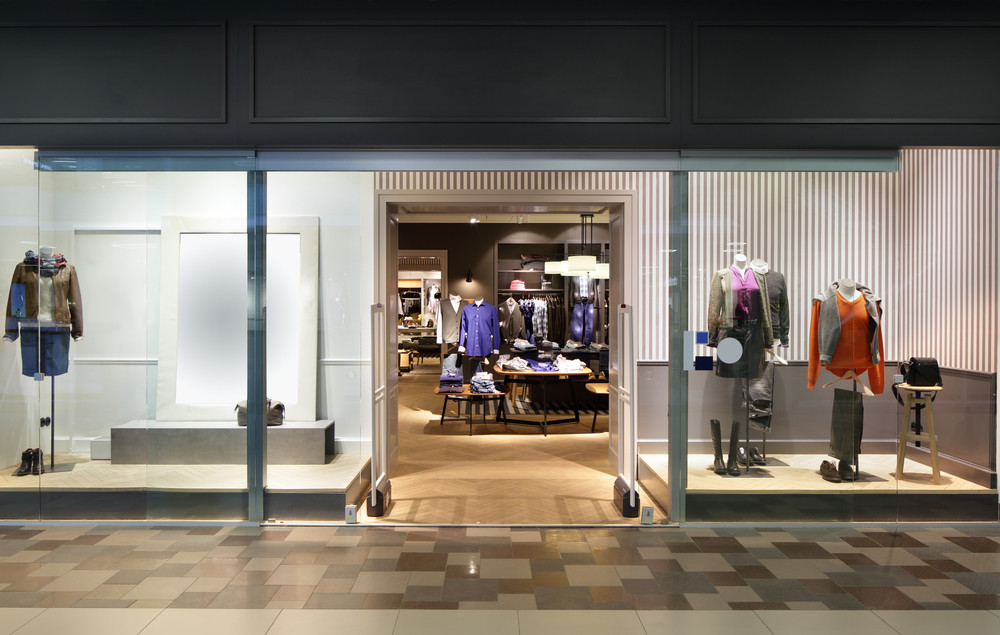How in-store signage influences consumer purchasing decisions
We all know the impact Covid-19 has had on retail. Lockdowns and social distancing restrictions saw many previously in-store shoppers make the move towards digital shopping options. Demand for grocery delivery and click and collect options surged virtually overnight, as retailers worked hard to give consumers the digital services they required.
These virtual shopping habits are sticking around, but customers are now returning to physical stores, too.
According to data from Forbes, visits to retail, restaurants and entertainment venues have risen 44% since the start of the year.
As customers start venturing back onto high streets and into retail parks, retailers need to adjust their offerings once more to ensure customers keep coming back.
An article on Marketing Dive has three considerations for retailers developing their in-store marketing strategy.
1. When it comes to brands, customers can be fickle
Consumers don’t write shopping lists of brands. They’re looking for baked beans, sliced ham or frozen peas. They may have a brand they like, but research by McKinsey shows their chosen brand may have changed over the past 18 months. It’s that elusive ‘aha-moment’ which gets specific products into a buyer’s shopping basket. A majority (80%) of customers actively look for deals when shopping in-store. On-shelf offers, recipes, or problem-solving information can all work in a marketer’s favour when shoppers are deciding what brand to choose.
2. Pricing is a major priority for consumers
Rising prices on weekly food bills and household items rarely go unnoticed by shoppers. These price fluctuations affect their purchasing decisions. Many consumers feel it is up to retailers and brands to find a way to keep prices low. Many are happy to shop elsewhere or switch to different brands as a way to keep costs down.
The data tells us that 62% of shoppers are members of store loyalty schemes. These programs play a significant part in what they do and don’t buy. Discounts, points and other credit all help sway consumers’ purchasing decisions. Marketers need to use their in-store messaging to promote exclusive savings for loyalty card holders.
3. Recall has a starring role
The in-store experience of today’s shoppers directly influences their purchase decisions. According to one study, 82% of consumers’ purchasing decisions are made when they are inside a store, 62% of shoppers impulse buy while in-store, and 16% of unplanned purchases are driven by in-store promotions.
That’s a lot of customers making a lot of decisions about what to buy while inside physical stores. In-store signage can help influence these decisions, helping retailers drive revenue. A consumer survey found that 69% of shoppers recall seeing in-store product promotions, which in turn led to further browsing and purchasing. Of those customers, 69% went on to browse the particular product and 61% went on to buy it.
Customer engagement starts with digital signage. If you’re looking for ways to influence purchasing decisions, Delta can help. We can help ensure your in-store signage displays the right message at the right time in the right location within the store. Get in touch to find out more about Delta Signage today: hello@thedeltagroup.com




